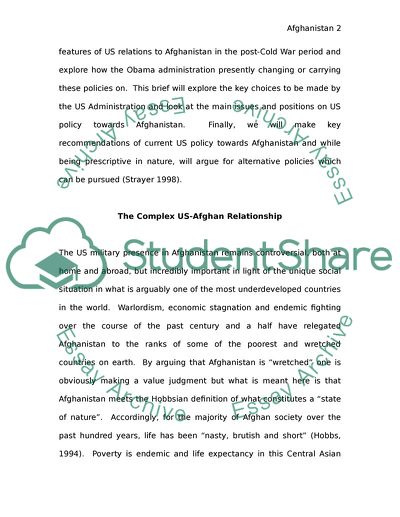Cite this document
(“Afghanistan: In Which Direction Do We Go Research Paper”, n.d.)
Afghanistan: In Which Direction Do We Go Research Paper. Retrieved from https://studentshare.org/miscellaneous/1564947-afghanistan-in-which-direction-do-we-go
Afghanistan: In Which Direction Do We Go Research Paper. Retrieved from https://studentshare.org/miscellaneous/1564947-afghanistan-in-which-direction-do-we-go
(Afghanistan: In Which Direction Do We Go Research Paper)
Afghanistan: In Which Direction Do We Go Research Paper. https://studentshare.org/miscellaneous/1564947-afghanistan-in-which-direction-do-we-go.
Afghanistan: In Which Direction Do We Go Research Paper. https://studentshare.org/miscellaneous/1564947-afghanistan-in-which-direction-do-we-go.
“Afghanistan: In Which Direction Do We Go Research Paper”, n.d. https://studentshare.org/miscellaneous/1564947-afghanistan-in-which-direction-do-we-go.


